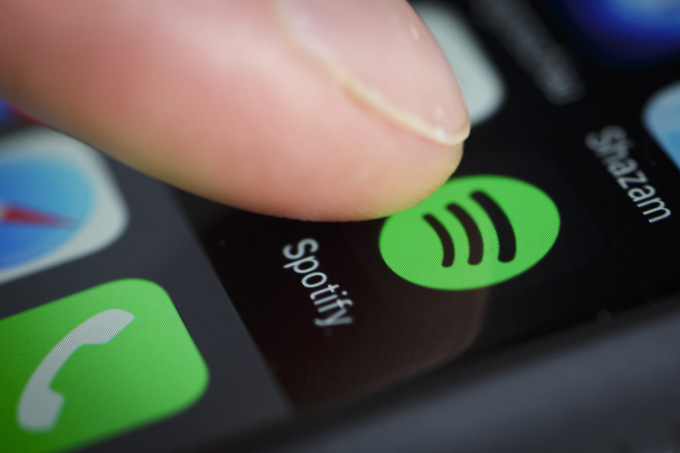On the week of Nov. 6, numerous sources reported that Spotify will implement new rules for music and royalty payments are coming to the platform.
In the platform’s first quarter for 2024, Spotify’s new royalty model will not pay artists for tracks until they gain over 1000 streams annually.
The new model is part of Spotify’s financial plan to demonetize the “population of tracks that today, on average, earn less than five cents per month.”
The policy change can be interpreted in three significant factors.
First, all tracks must have annual streaming numbers of at least 1000. Second, all music labels and distributors will face penalties for promoting content containing fake streaming numbers. The third factor is that “functional tracks,” like white noise and nature sounds,” will require longer play time for the owner to profit from it.
According to a report from Music Business Worldwide, Spotify expects this business move to allocate over 40 million in royalties to artists whose tracks meet their prerequisites for royalties.
A report from Spotify’s Loud & Clear found that 62.5% of its 100 million tracks never reached 1000 streams since their release dates in 2022. In the same report, numbers confirmed that only 37.5 million songs out of the more than 100 million tracks available have surpassed 1000 streams.
In a SXSW presentation curated by Luminate CEO Rob Jonas, the entertainment firm found that 38 million tracks on Spotify were not played once in 2022.
Arguments have been made that Spotify’s upcoming policy will negatively affect emerging artists. However, some music industry figures have argued in favor of the new rules.
Kristin Graziani, President of the Music Distribution Platform Stem, stated that the new model will increase royalty payments and help weed out those who profit from it at the expense of deserving artists.
“In addition to increasing payouts, we must plug these holes, or else the same bad actors will continue to profit at the expense of artists who are none the wiser,” Graziani said. “These new policies will have little to no negative impact on career artists; instead, it will make more money available to them by way of a larger royalty pool.”
Granziani ended her statement by expressing gratitude to Spotify for taking this step while calling others to follow.
“I am happy to see Spotify’s willingness to change their model to distribute more money to artists, but we need to empower the industry to keep pushing for change in the future,” she said.
The other side of the argument questions the new model and its message to emerging artists. CEO of record label Believe, Dennie Ladegaillerie’s pushback against the model originated from a moral standpoint, questioning what message it sends as a music industry to upcoming artists.
“Why would you not pay such an artist [for getting less than 1,000 streams]? It doesn’t make any sense, Ladegaillerie said. “What signal as a music industry do you send to aspiring artists if you go in that direction?”
Spotify’s royalty model is not a new concept in the streaming world. YouTube has a similar policy in which creators can only begin making money through advertisements once they garner 1000 subscribers on their channels and 4000 viewing hours annually. Recently, SoundCloud introduced a “user-centric model” that issues payments based on streaming numbers rather than an artist’s overall listening shares.
Aside from the streaming requirements, Spotify has confirmed that the new royalty model will shift $1 billion to “working artists” for the next five years.









